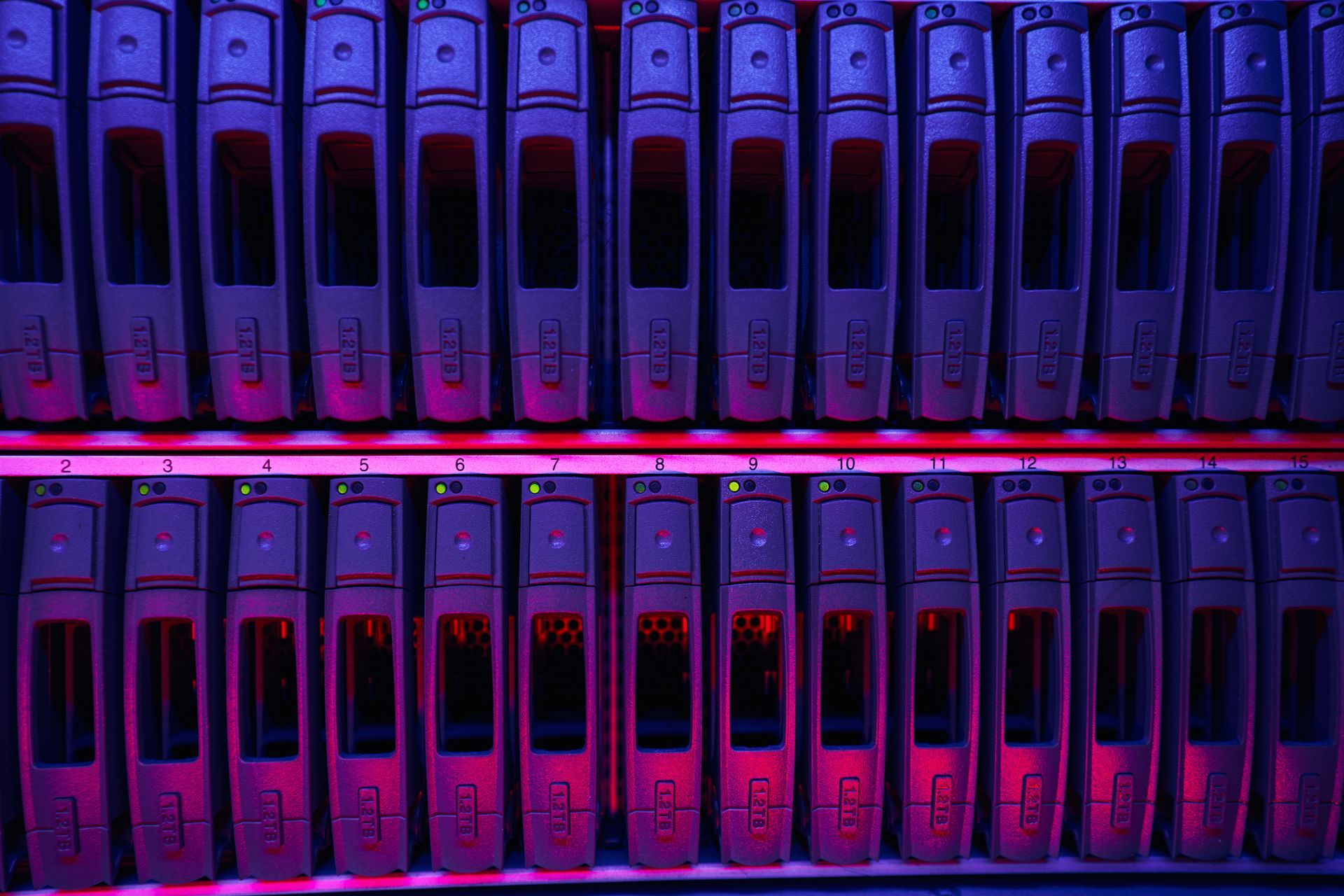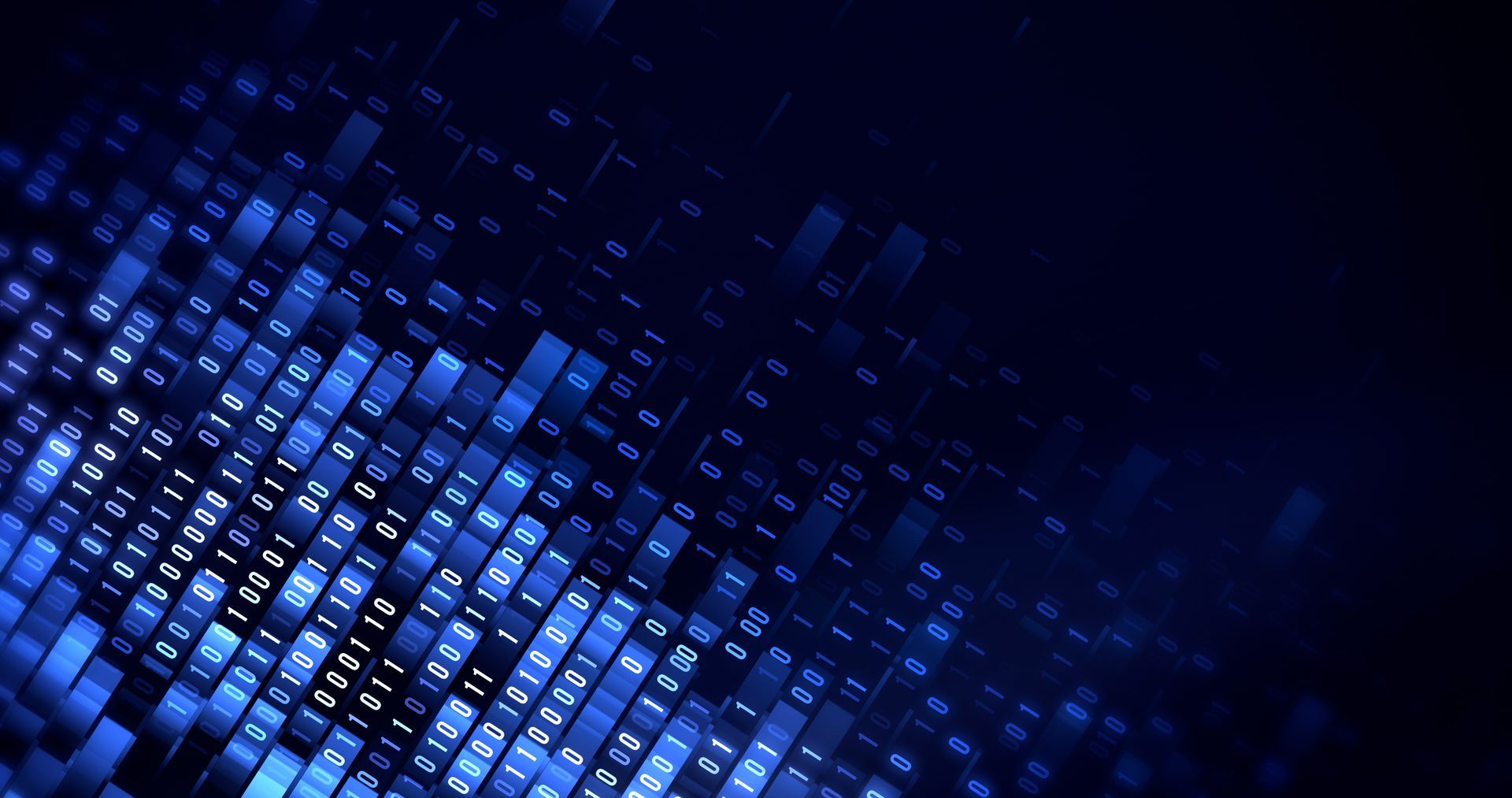What is raw data? Raw data is the data that has just been obtained from sources and is yet processed, so it offers no clear view. It is also known as source data, atomic data, or primary data. Raw data, on its own, isn’t much or significant, but its potential insights can be unlocked. Raw data isn’t particularly useful for humans. Typically, it’s a collection of code that doesn’t provide much information, but this data can grow into actionable insight with processing.
What is raw data?

We commonly see data that has already been processed and converted into a form that humans or computers can readily comprehend. Raw data is the source of such information. Depending on how the data will be utilized, different types of information may be extracted from raw data. It’s like having a dozen eggs on display. You have to extract the egg whites only if you want to make meringues. Similarly, you may extract just the most important points from raw data in a certain use case.
Humans have a tremendous capacity to absorb raw data, process it, and make judgments based on it. On the other hand, computers are not as good as humans at intuitively processing raw data. It needs to be processed and converted into information. This final data from one system may be utilized as initial data in another to deepen the analysis.
Characteristics of raw data
- The initial source of data-based decisions is raw data, which is the starting stage of all data. You can’t create visually interesting charts or broad analytical statements about processed data until you’ve gone through the raw material.
- The data’s integrity can be trusted. There is no need to remove or modify it because humans or machines haven’t tampered with the form yet.
- Analytics is a process of inquiry that examines data in its raw state. These technologies can only work with data in its original form.
- Raw data is a backup option. After processing and manipulating your data sets, you may check your work and return to the source if you encounter trouble while conducting analysis and require a new one.
The difference between data and raw data
The difference between data and raw data is that raw data is a chaotic mélange of various information. On the other hand, data or processed data has already extracted relevant and valuable information from raw data. Cooked data is raw data that has been processed, extracted, organized, and may be analyzed and presented for further use.

The value of raw data
Although raw data don’t offer much on its own, machines need this data in some scenarios.
The main value in data lies in the analysis and interpretation after processing and interpreting. There isn’t much value in keeping raw data without a method to utilize it. However, as storage prices fall, businesses discover more value in accumulating raw data for later processing.
A database may gather raw data from numerous sources and process it automatically or manually. An analyst can then use BI tools to query the data and provide useful information. Businesses also save operational and logging data for performance monitoring, enhance business operations, and utilize access logs.
How is raw data processed and converted into information?
Raw data may come from a variety of sources. How it is processed and stored is dependent on its origin and intended use. Financial transactions from a point-of-sale (POS) terminal, computer logs, or even participant eye-tracking data are raw data. The most frequent format for raw data exchanging between systems is a comma-separated value (CSV) file.
While cleaning data is often necessary, it may not be possible in all cases. Cleaning raw data might require parsing the information for easier ingestion into a computer, eliminating outliers or spurious results, and occasionally reformatting or translating the data – a process called massaging or crunching the data, sometimes done manually.
There are numerous methods to handle raw data, ranging from simple to complex. Users may use a spreadsheet such as Microsoft Excel or Google sheets to format, arrange, and graph data to reveal basic trends and summarize information. Raw data is used in more complex systems such as business intelligence (BI) tools to track and predict financial trends. Raw data might be used by sophisticated technology to generate models of the data and its performance for alerting or machine learning to create artificial intelligence.

Raw data for society
According to Tim Berners-Lee, the inventor of the World Wide Web, making raw data accessible is vital for society. He urges everyone to demand that governments and businesses release their data as raw information. Berners-Lee believes that sharing unprocessed data will lead to breakthroughs in science and society.
Open data advocates claim that once individuals and civil society organizations have access to data from businesses and governments, they will be able to analyze it for themselves, empowering people and civil society.
For example, a government’s policies may be claimed to have reduced the unemployment rate. At the same time, a poverty advocacy group may be able to persuade its economists to undertake their econometric analysis of the raw data, leading this group to reach different conclusions about the data set.





